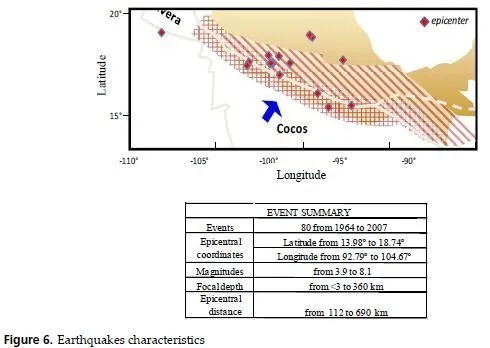The PBEE process can be expressed in terms of a four-step analysis, including [9-10]:
ï‚· Hazard analysis, which results in Intensity Measures (IMs) for the facility under study, Structural analysis, which gives the Engineering Demand Parameters (EDPs) required for damage analysis, ï‚· Damage analysis, which compares the EDPs with the Damage Measure in order to decide for the failure of the facility, and;
ï‚· Loss Analysis, which evaluates the occurrence of Decision Variables (DVs) due to failures.
Considering the results of each step as a conditional event following the previous step and all of the parameters as independent random parameters, the process can be expressed in terms of a triple integral, as shown below, which is an application of the total probability theorem [11]:
The performance of a structural system or lifeline is described by comparing demand and capacity parameters. In earthquake engineering, the excitation, demand and capacity parameters are random variables. Therefore, probabilistic techniques are required in order to estimate the response of the system and provide information about the availability or failure of the facility after loading. The concept is included in the reliability design approach, which is usually employed for this purpose.
![Table 1. Effects from Earthquakes [8]](https://civilengineeringx.com/building/Table-1.-Effects-from-Earthquakes-81-440x446.webp)



